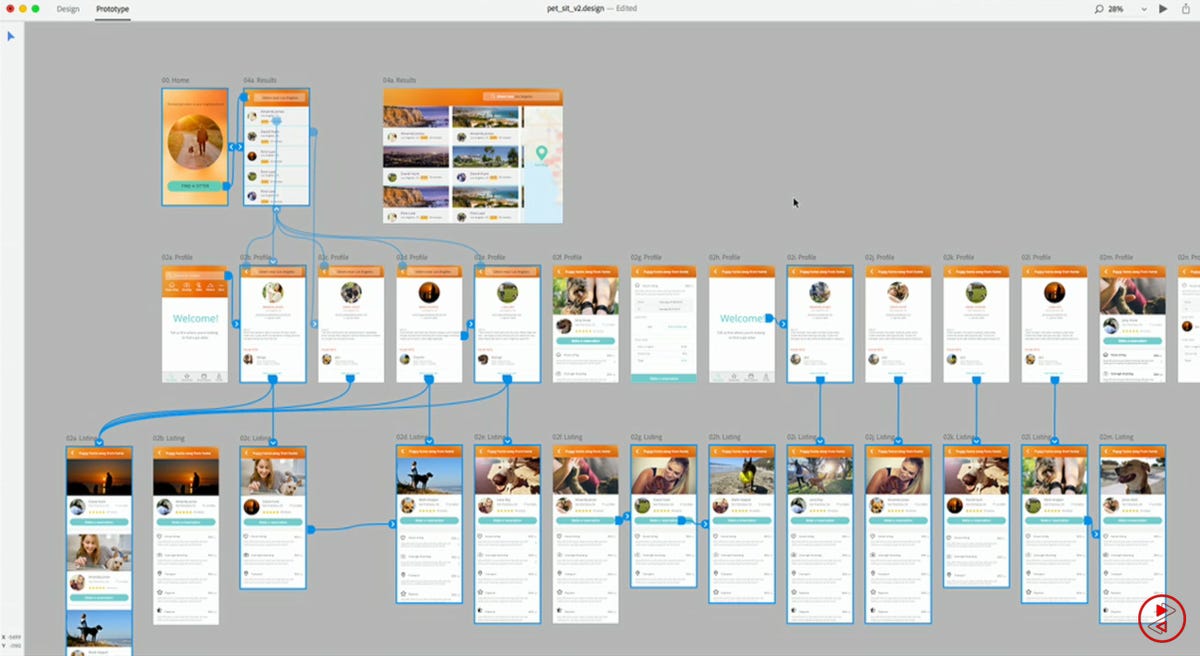 Enlarge Image
Enlarge ImageAdobe Systems
It’s a measure of Photoshop’s flexibility that a program originally for editing photos now is used for designing Web pages and mobile apps. But Adobe Systems on Monday revealed plans for a new tool called Project Comet that it thinks will be better.
The software, due to arrive in early 2016 in preview form, lets designers drag and drop text and graphic elements to rapidly construct the look of a mobile app for a smartphone or tablet. After that, designers can essentially program how the app will actually interact — for example, what screen is shown when a person taps a button.
Comet is at the center of Adobe’s attempt to recover the luster it lost during a decade of dramatic changes in the computing industry. The company was a powerhouse in the era when design work got done on a single PC. Nowadays, however, people use multiple computers, along with smartphones, tablets and smartwatches, and they expect the Internet to help them move from one device to another. Adobe has had to retool to keep up.
One convert is Khoi Vinh, the former design director for The New York Times who joined Adobe in August. He’s optimistic about Comet’s prospects for those designing an app’s user experience and user interface (UX and UI).
“From what I’ve seen, the Project Comet team is well aware that the market for purpose-built UX/UI design tools has exploded largely without Adobe’s participation,” said Vinh, who’s not a member of the Comet team. The result of that awareness is a tool that so far is fast and practical, he said.

 Enlarge Image
Enlarge ImageScreenshot by Stephen Shankland/CNET
Adobe showed Project Comet at its Max conference for the designers, artists, animators, photographers, producers and editors who use the company’s Creative Cloud suite of software and services. The Comet demo accompanied Adobe’s release of its new Photoshop Fix app, which brings a revamped version of Adobe’s core photo-editing technology to Apple’s iPhones and iPads. Other developments include updates to video editing software to work with touchscreen Windows PCs and a developer tool to bring animations to the Web that previously needed Adobe’s proprietary and now fading Flash technology.
Project Comet lets designers arrange an app’s user-interface elements, taking advantage of automated features. When a graphical element is resized or text is styled in one place, for example, those changes will flow to similar instances of those elements or text. The software can handle apps with hundreds of pages that include thousands of objects, Adobe said, making it useful for complicated design jobs.
Project Comet can be connected to a phone or tablet so designers can see immediately how their designs look and work. And it works closely with Photoshop and Illustrator, Adobe’s decades-old design software useful for creating graphic elements such as logos and icons.




